Over the years, video game franchises have come in many styles. Platforming, fighting, puzzle, shooting, the list is never ending. But one thing many franchises have in common is that they have to start somewhere, setting up the foundation for future titles to follow up and improve on. However, on occasion, something happens down the line that causes the franchise to become twisted, causing things to become complicated. Copyright issues might make the prospect of new titles impossible so spiritual successors might be necessary (For example Bayonetta being the successor to Devil May Cry), or the franchise suffers from an identity crisis when localized like with Puyo Puyo, or games having inconsistent releases cause confusion like the infamous Final Fantasy I to VI problem.
By far one of the most curious cases is with a franchise called Wonder Boy (Aka Monster World).
For quick context as to what Wonder Boy is, Wonder Boy was a franchise by Weststone Bit Entertainment (formally Escape) and SEGA. The franchise originally began as the modest arcade Wonder Boy which later was ported to the Master System. Wonder Boy is a platforming game where you play as the titular Wonder Boy, where the objective is to reach the end of stages while dodging hazards and killing enemies by throwing axes. The twist being that there is a stamina bar that constantly drains, and if it depletes completely the player loses a life. Luckily, picking up various fruits you can avoid this problem, so grabbing as much as you can is ideal. Later titles, however, changed the formula from an arcade platforming game to more of a side scrolling action RPG by including elements like currency, item management, enemy health, and a more non-linear approach. Some games also experimented with gimmicks to keep games fresh, like Wonder Boy III: The Dragon’s Trap allowing you to transform into different forms like a dragon, hawk, tiger, and mouse, each with their own abilities.
The series has spawned a total of six games, with a seventh game in production called Monster Boy and The Cursed Kingdom by Game Atelier and published by FDG Entertainment for the Xbox One, PS4, and PC sometime in 2016 [listen to our interview with Game Atelier]. The original developers Weststone/Escape filed bankruptcy in 2014.
Wonder Boy games were also ported to consoles and computers during the late 80s, which is where things get complicated. A company called Hudson Soft, known for franchises like Bomberman and Bonk and assisting with developing the Mario Party spin-offs, obtained the license to port Wonder Boy games to consoles and computers like the MSX, TurboGraphix, and NES. The problem was that due to the copyright, a straight port was not possible. Weststone/Escape had the rights to the general franchise, but the actual name belonged to SEGA. As a loophole, various games were changed in order to circumvent the copyright and as such get ported to different platforms.
The first game was changed to what is known as Adventure Island, where the only change was that the character Wonder Boy was changed to a character named Master Higgens, who was based on the Hudson Soft’s spokesman Takahashi Meijin at the time. Aside from the character change and the different music, the overall game was the same as Wonder Boy. However, while Wonder Boy would change its formula to focus less on an arcade platforming experience, Adventure Island would spawn its own series and retain the general premise of the first arcade game while adding gameplay elements like the ability to ride dinosaurs and an overworld. The sole exception is Super Adventure Island II, which went for more of an adventure approach similar to later Wonder Boy games. The last game in the Adventure Island series was released in 2009 for WiiWare called Adventure Island: The Beginning, with the current copyright holder for Adventure Island being Konami due to Hudson Soft dissolving in 2012.
The Hudson Soft copyright dodging continued with later games in the Monster Boy series. The second game called Wonder Boy in Monster Land was changed to Bikkuriman World for the PC Engine, itself a tie-in to an anime called Bikkuriman, with characters changed to the characters from the anime. The third game Wonder Boy III: Monster Lair dropped the Wonder Boy title to simply Monster Lair and released it to the TurboGraphix CD, with the only difference being enhanced music to take advantage of the CD format. Wonder Boy III: The Dragon’s Trap was changed to (confusingly) Adventure Island for the PC Engine and Dragon’s Curse for the TurboGraphix. Finally there is
Wonder Boy in Monster World (aka Wonder Boy V: Monster World III in Japan) which was changed to Dynastic Hero for the TurboGraphix CD, which changed the characters to sport a bug motif (the protagonist Dyna resembles a rhinoceros beetle for example), used different enhanced music, and had an animated intro.
Hudson Soft was not the only company to change Wonder Boy titles. In Brazil, the Master System is by far the longest running console – technically the longest running console ever – with it still being supported to this day thirty years and counting. Several Game Gear titles were converted to the Master System, and unofficial games are still produced for the console to this day. Master System games in Brazil are also known for changing certain games to reference comics and TV shows in order to appeal to children. In the case on Wonder Boy, three of the games for the Master System, Wonder Boy in Monster Land, Wonder Boy III: The Dragon’s Trap and Wonder Boy in Monster World, were changed to tie into a popular Brazilian cartoon/comic series known as Turma da Mônica.
Lastly, Wonder Boy in Monster Land was changed to tie into the story of Journey to The West by Jaleco for the Famicom called Saiyuuki World. The game changes the music and the bosses, but is otherwise the same as Wonder Boy in Monster Land. A sequel to Saiyuuki World was released later called simply Saiyuuki World II, an independent title that later got released in the West with a native american makeover called Whomp ‘Em.
If you were lost by reading this mass confusion, essentially Wonder Boy has being changed a lot over the years in different regions and platforms, unintentionally spawning a few new series along the way. But it shows that copyright can be a weird thing, and Wonder Boy in Monster Land is just one example of how strange an IP can end up based on the circumstances.
Happy 30th anniversary, Wonder Boy! If you’d like to read up on more SEGA anniversaries happening this year, click on over to our handy guide.
Ad:
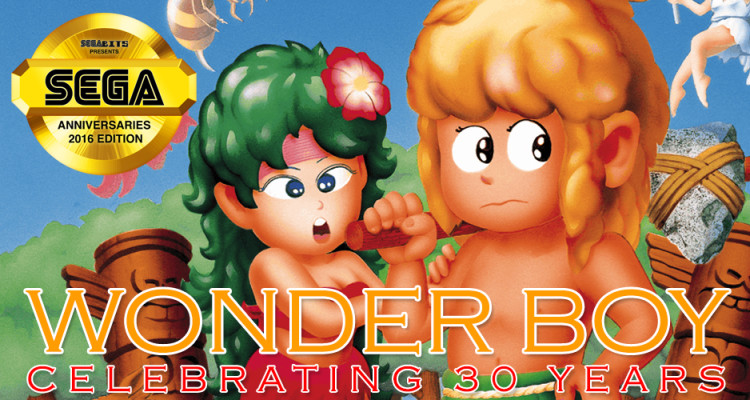
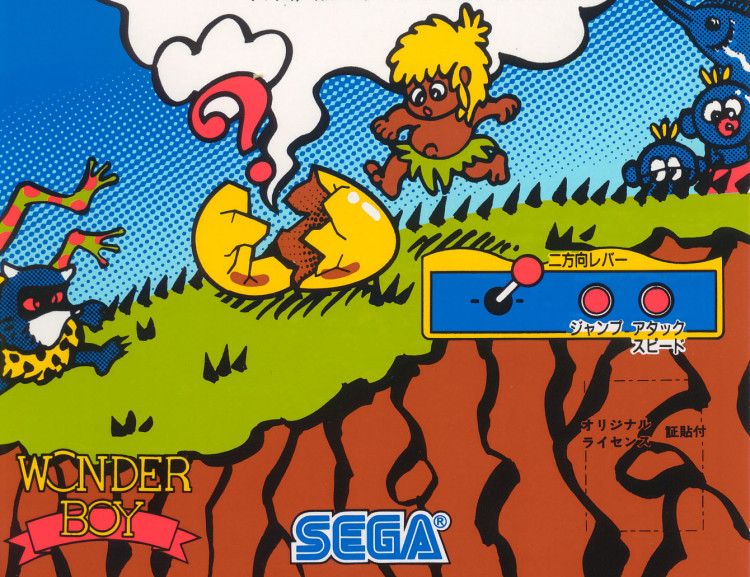
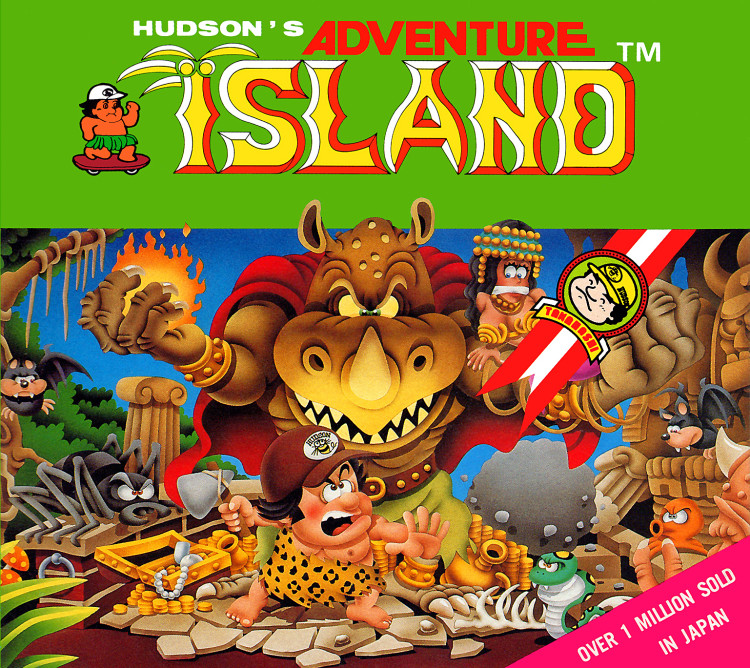
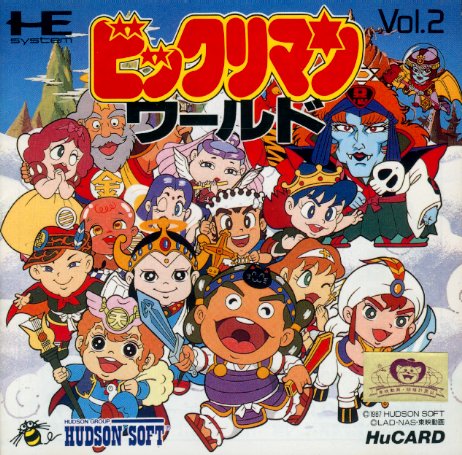
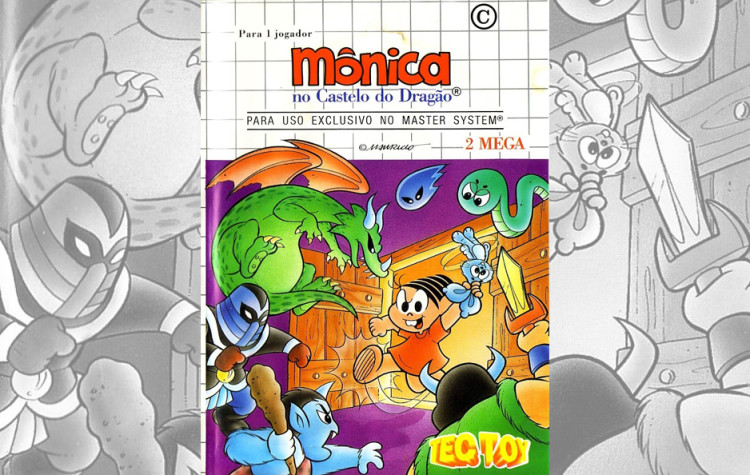
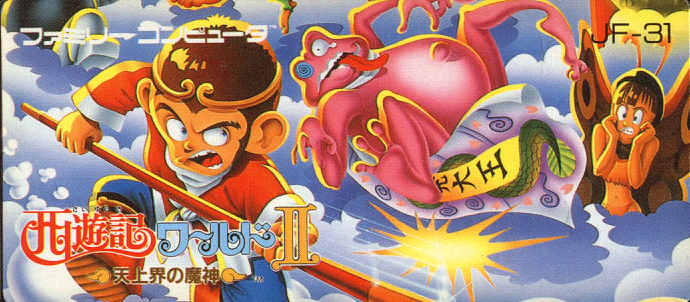
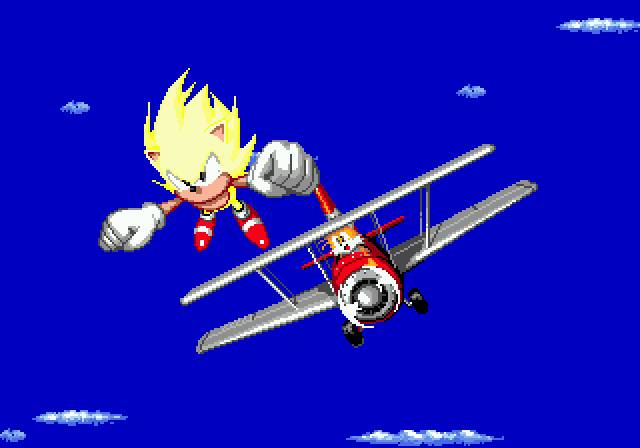
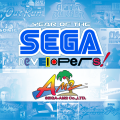
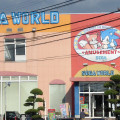
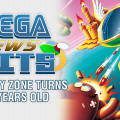
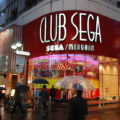
What an eerie coincidence, I was just playing Adventure Island and Wonder Boy again and wondering what the story was with that, and don’t recall ever looking it up.